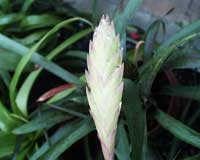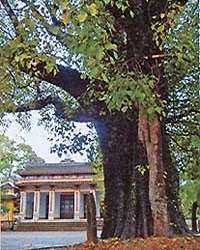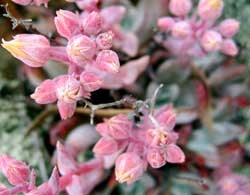At the end of the 19th century, fictional tales about “killer” plants began to stir discussions among people in many places. In these stories, there is mention of a type of plant with vines that can grow over a meter long like the tentacles of a giant octopus, with wide buds divided into small branches resembling the jagged jaws of a predator, which then use these to devour unsuspecting tourists in distant lands.
Never before in history have people believed and felt the fear of the truth that : “Plants can also lie in wait and kill living creatures“. So what lurks and awaits us behind the primeval forests, or in places where humans have never set foot?
For scientists, they are also facing a crucial moment as they begin to uncover the first evidence for one of the greatest puzzles – one that has never been answered in the field of botany, which is: “How did plant species choose to evolve into predatory carnivores?”.
Carnivorous plants, what are they?
When we talk about carnivorous plants, we might immediately picture a trap made of vines and a “pitcher” structure that helps the plant capture unfortunate victims that accidentally fall inside.
However, in reality, there are about 800 species of carnivorous plants known to humans. Some species, like the pitcher plant and many sundews, passively capture their prey, waiting for unsuspecting insects – usually flies, bees, or small insects – to approach and fall into the trap.
However, there are also plant species that are more “active,” such as Drosera, belonging to the Droseraceae family, which can actively push their prey into the center of the “trap,” where they will be stuck and digested to death, or some species with vines that move quickly enough to “bind the feet” of their victims.
The most sophisticated is the Venus flytrap (Dionaea muscipula), which has extremely sensitive trigger hairs and a trap lid that can gauge the size of the prey and respond accordingly.
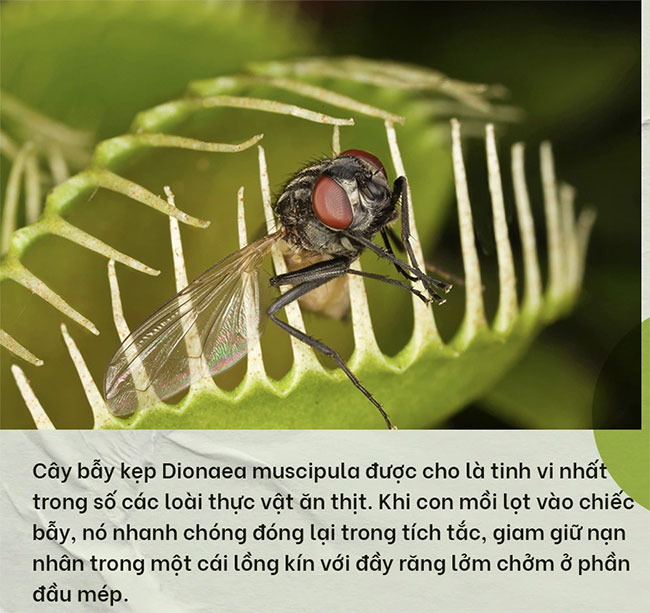
Despite the significant differences in shape, form, and methods of killing prey, all these carnivorous plant species share a common feature: the “trap” is made up of leaves or leaf parts that have been modified to become distinct from ordinary plants.
Scientists have discovered that when insects struggle and create numerous electrical signals within the trap, carnivorous plants begin to produce a chemical compound called jasmonate, which signals to “seal” the edges of the trap. They then begin to fill it with digestive enzymes.
The list of enzymes includes chitinase, which breaks down chitin (the hard outer layer of most insects); protease that breaks down proteins; and purple phosphatase, which allows the plant to extract usable phosphorus from the unprocessed remains of its victims. These enzymes function very similarly to many types of plant-based chemical weapons used against harmful bacteria, fungi, and herbivorous insects.
As the insect remains decompose, the trap absorbs its enzyme output and begins to produce nutrient transport substances again under the control of jasmonate concentration.
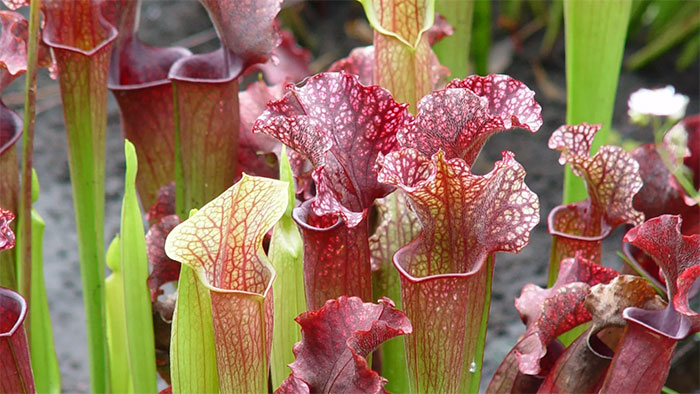
Tanya Renner, an evolutionary biologist at Penn State University, asserts: “This means that these plant varieties do not only obtain nutrients from their roots but also through another pathway, primarily through their leaves.”
From ancient times to the era of Charles Darwin – the father of the theory of evolution, most people rejected the idea that plants could “eat” animals. This was clearly against the order of nature, where animals are mobile, while plants are not. And if they cannot move, how could they “hunt” and become predators?
Darwin spent 16 years diligently in laboratories proving the opposite. He pointed out that the leaves of some plant species have been modified into special structures not only to trap insects and other small organisms but also to digest and then absorb the nutrients released from their remains.
The result was that in 1875, Darwin published the book “Insectivorous Plants”, detailing all he had discovered about these plants. In 1880, he published another book titled “The Power of Movement in Plants.”
At that time, the recognition that plants could move or even kill other animals inspired not only horror films with similar themes but also encouraged many generations of biologists to delve deeper into these plants with their enigmatic habits.

Thanks to Darwin’s theories, botanists, ecologists, entomologists, physiologists, and molecular biologists have gained deep insights into every aspect of plants that can “drown” their prey in liquid-filled containers, trap prey with adhesive leaves, or imprison them in snap traps, and then “digest” the products in a stomach-like modified compartment.
However, how could plants – which are still considered “unfeeling and insentient” in our eyes – evolve in such a sophisticated way, even resembling how animals have tried to eat them on the Blue Planet?
One hypothesis suggests that these plant species have appropriated genes from the animals that accidentally became their “prey.” In other words, they absorbed predatory genes to become a distinctly different species, a hybrid between plants and animals.
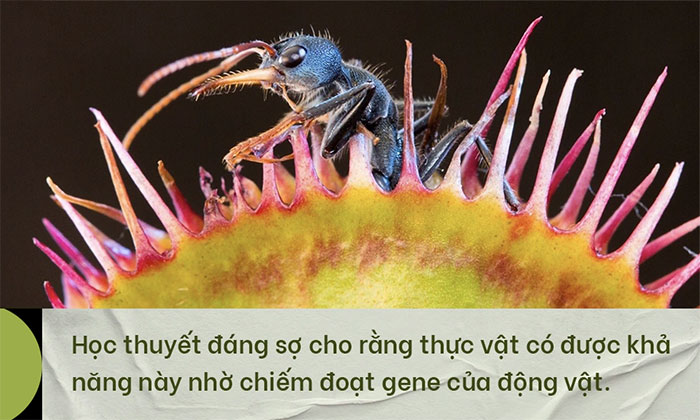
However, biophysicist Rainer Hedrich from the University of Würzburg in Germany, who explored the origins of carnivorous plants in the “Journal of Plant Biology in 2021”, stated that there is no evidence showing that carnivorous plants acquired this “predatory” behavior by appropriating genes from their animal victims. He acknowledges this, even though genes can sometimes transfer between different organisms.
Instead, these plants have actually replaced existing genes with more advanced functions.
According to Victor Albert, a plant geneticist at the University of Buffalo, this evolution has indeed been “sneaky and flexible.” “In the course of evolution, reusing something is often simpler than creating something new,” Albert shares.
The path to becoming a predator
Another hypothesis that most scientists agree on is convergent evolution. Convergent evolution is an important driver of evolutionary novelty and often begins with random copying of genes during cell division.
While most copied genes do not serve their original purpose and will ultimately be eliminated, there are instances when backup genes acquire beneficial mutations. This paves the way for changes in the functionality of the species.
“Gene copying happens all the time, and sometimes it is highly adaptive,” Albert said. “This seems to be how carnivorous plants developed their carnivorous abilities – at least for the genes that have been examined so far.”
In 2017, evolutionary biologist Kenji Fukushima, along with Albert and a team of international researchers, sequenced the genome of a carnivorous plant living in Australia, known as Cephalotus follicularis. Like many other carnivorous plants, Cephalotus traps its prey in a structure resembling small “jars.”
A significant surprise occurred when they investigated the origins of the digestive enzymes in Cephalotus and three other unrelated species, including Nepenthes alata (an Asian pitcher plant), Sarracenia purpurea (North American pitcher plant), and Drosera adelae belonging to the Sundew family.
It turned out that all four species had rearranged the same type of ancient enzyme, matching those previously identified in the Venus flytrap.
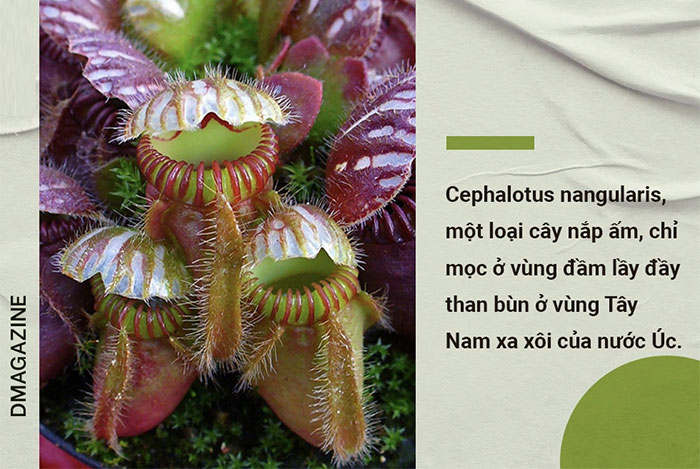
Victor Albert, a co-author of the study, stated that this is a classic case of convergent evolution. According to him, this method shows that there are only a few specific and very limited pathways for ordinary plants to become carnivorous.
As the enzymes took on new roles (related to carnivory), they continued to evolve, swapping some amino acids for others to enhance efficiency, potentially increasing reaction rates or the concentration of protein-degrading chemicals contained within them.
So far, scientists are very close to answering one of the biggest mysteries in plant evolutionary theory. However, a new question arises: how many other plant species have or will find their own evolutionary paths? If Darwin were here today, he would undoubtedly “roll up his sleeves” to tackle his unfinished work.








































